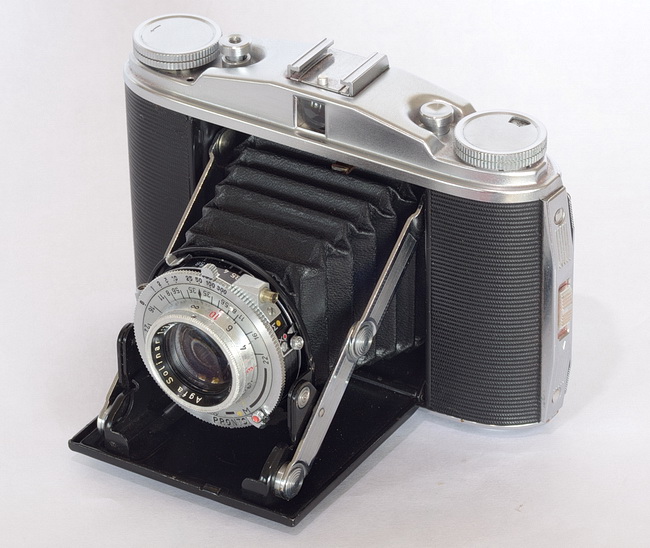 I’ve written about many cameras here on FilmAdvance.com, but one that’s long overdue for review is my Agfa Isolette II. It’s a real workhorse. Indeed, within my modest collection of medium-format cameras, only the Hasselblad has had more film run through it.
I’ve written about many cameras here on FilmAdvance.com, but one that’s long overdue for review is my Agfa Isolette II. It’s a real workhorse. Indeed, within my modest collection of medium-format cameras, only the Hasselblad has had more film run through it.
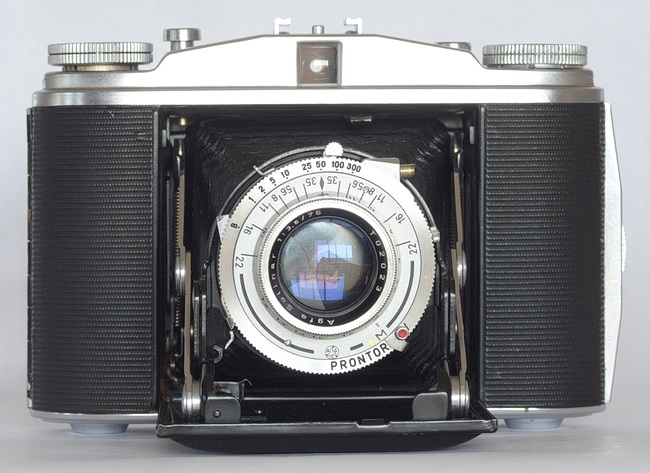 If you’re up to speed on the many advantages medium-format film has over 35mm, you can already guess why the Isolette II is such a favourite. Simply put — there’s a lot of data in a medium-format neg. That means you can print bigger or crop in more tightly before you start seeing the image break down. But a more practical advantage is that you can use faster film before grain becomes noticeable. When I shoot 35mm, I try to keep down to ISO 100 or 200. But with medium format, ISO 400 is essentially grain free in the enlargements and scans I use. That’s very handy.
If you’re up to speed on the many advantages medium-format film has over 35mm, you can already guess why the Isolette II is such a favourite. Simply put — there’s a lot of data in a medium-format neg. That means you can print bigger or crop in more tightly before you start seeing the image break down. But a more practical advantage is that you can use faster film before grain becomes noticeable. When I shoot 35mm, I try to keep down to ISO 100 or 200. But with medium format, ISO 400 is essentially grain free in the enlargements and scans I use. That’s very handy.
But the price you pay for medium-format goodness is a big, heavy camera. Except when you don’t. That’s where the Agfa really shines — it delivers medium format in a truly pocketable form. I can slip it into the back pocket of my jeans, although thanks to its 597g (20 ouces) weight, I certainly know it’s there. Its compact size makes it a great travel camera, as the many Iceland pictures littering this site illustrate.
There are several Isolette models in the Agfa line, each with different features. My Isolette II came from Jurgen Kreckel, who specializes in restoring old folders. My experience in dealing with him was excellent — he went above and beyond the call of duty to make sure I was a happy customer.
The camera arrived with new bellows and freshly cleaned, lubricated, and adjusted. It was in fantastic condition and easily worth the $200 I paid. Yes, you can often get similar folders on eBay for less than that, but you are taking chance on gummed up, sluggish shutters and bellows with light leaks. For me, the risk didn’t seem to match the meagre reward of potentially saving a few dollars.
The Isolettes were made in the 1950s and can be found with several different shutters and lenses. My camera has a Prontor SV shutter with a top speed of 1/300 second, and a Agfa Solinar 75mm f/3.5 lens, which I understand is a four-element Tessar-type design and the best available for the Isolette II. I find the optics to be first rate even used wide open.
Typical of the breed, the Isolette II is not a fast camera. For one thing, it’s a viewfinder camera — you focus by guestimation using a scale on the lens barrel. If I want to be more accurate, I’ll attach an auxiliary rangefinder to the accessory shoe. This model also lacks a light meter, so I have to remember to bring one along, or use the Sunny 16 rule. To advance the film, you view the frame numbers through the usual little red window on the film door. Once you’ve set focus, shutter speed and aperture, you also have to cock the shutter. So, it might not be the ideal camera for street photography and capturing the “decisive moment,” but with a little practise, you can get a shot off pretty fast. It’s simply a matter of getting everything set beforehand.
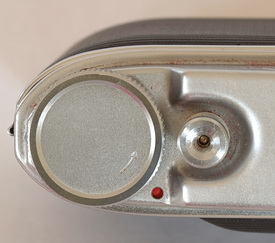
The little red dot next to the film-advance knob indicates the film has to be advanced to the next frame before the shutter can be released.

The small "T" lever facilitates long exposures. When positioned as indicated by the arrow, a bulb exposure will continue until the lever is returned to its home position.
The Isolette II has a couple of nifty features not found on every 120-format folder. For one thing, it has an interlock to prevent double exposures — you have to advance the film after a shot to unlock the shutter. It also has a little switch next to the viewfinder that allows you to make time exposures. Set the shutter speed to “bulb,” cock the shutter, put the switch in the “T” position, and press the shutter release. The shutter will remain open until you move the switch back to its home position. It basically does the same job as a locking cable release. This Isolette II also has a self timer, which is handy for tripod-mounted shots at slow shutter speeds if you forgot your cable release. One other nice feature is the camera’s hinged film carrier assembly. It flips out of the camera and the top peg lifts up, which makes loading film much easier than with other cameras I’ve used.
The only significant knock against the Isolette II is that the film mask reflected glancing light. As a result, I would often get image artefacts near the frame edges especially in bright conditions. To fix this, I removed the mask and sanded the edges with coarse sand paper — in effect creating many micro-baffles. Finally, I gave the edges a new coat of flat-black paint. Problem solved.
I’m very happy shooting with my Agra Isolette II. It really is a favourite that I use a lot. That said, many of its virtues are a function of the form — most other 6×6 folders with good lenses will likely offer the same performance in a similarly compact package. So if a pocketable medium-format camera sounds useful to you, do some research and see what features are likely to give you the best results. Just be mindful of the fact that most of these cameras are more than 60 years old — getting one in good working condition is the real challenge.
For more Isolette II sample photos on FilmAdvance.com, go here.
Did you find this article interesting or helpful? If so, consider using this link the next time you shop at Amazon.com. Better yet, bookmark it for future use. Thanks to Amazon’s associates program, doing so costs you nothing yet helps keep this site up and running. Thanks!

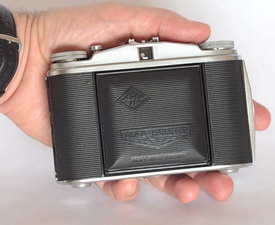
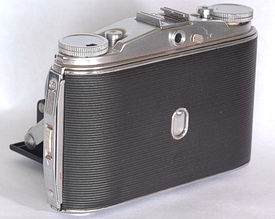
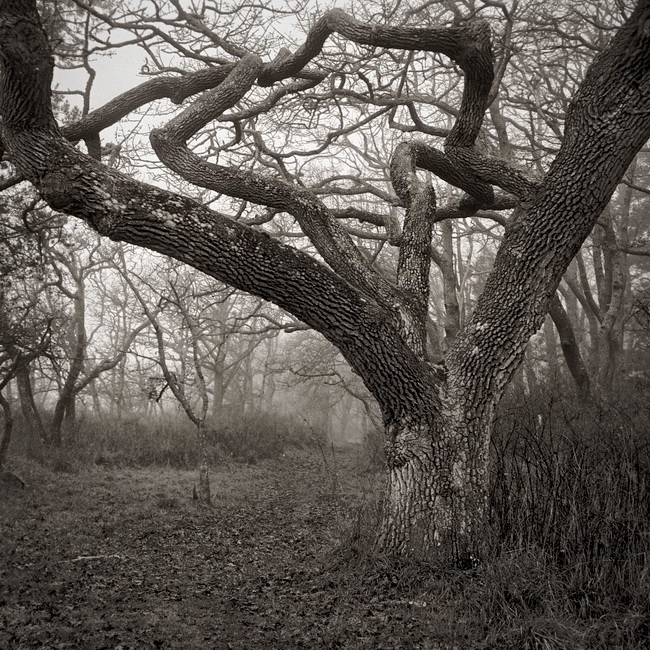
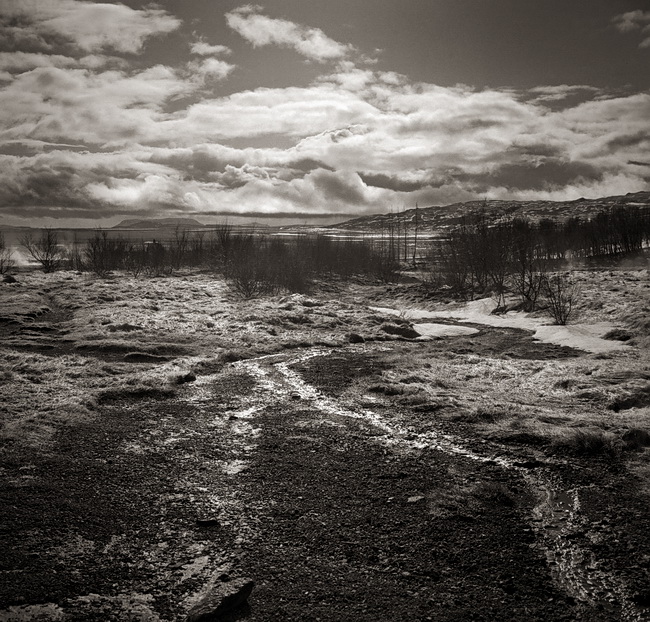
 Subscribe with RSS
Subscribe with RSS
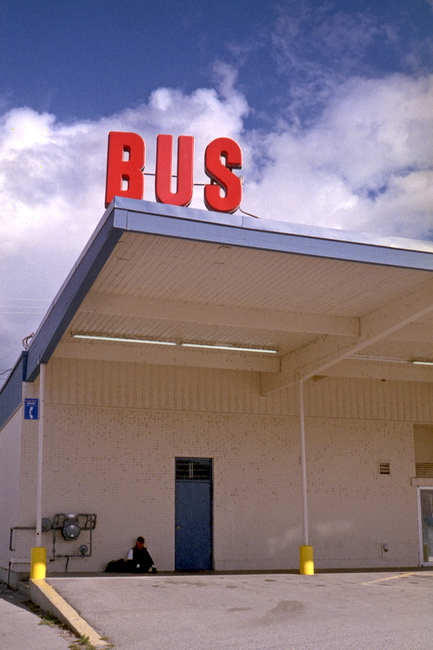
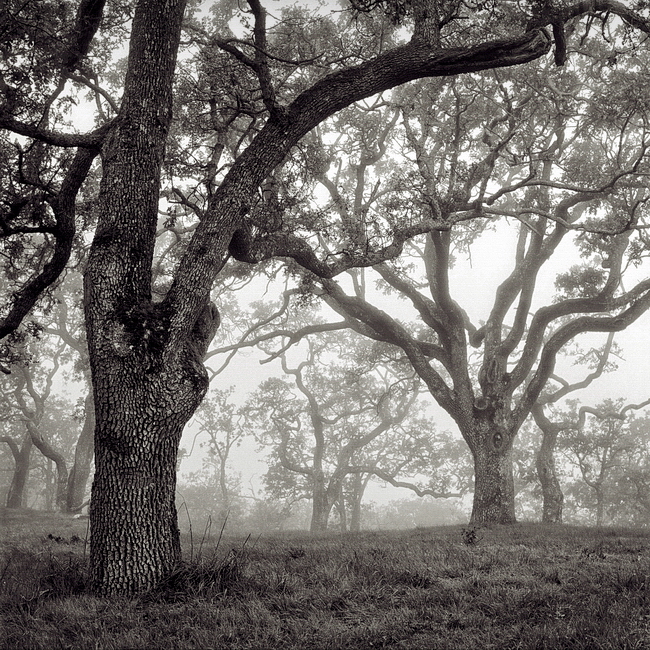
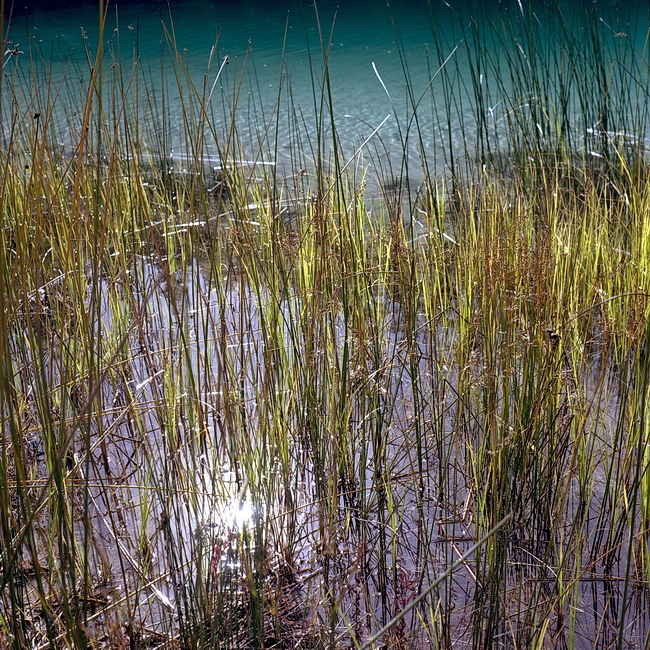
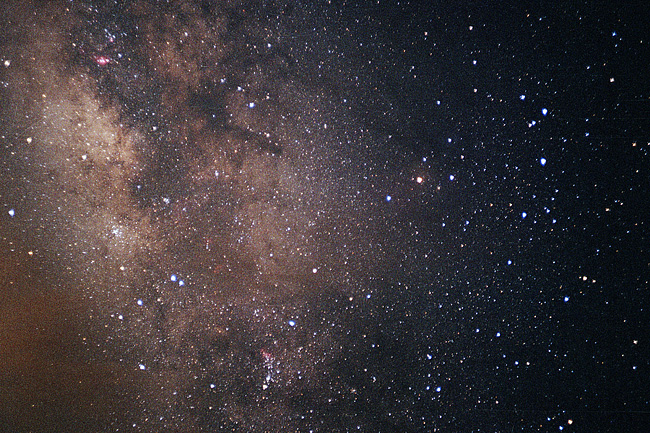

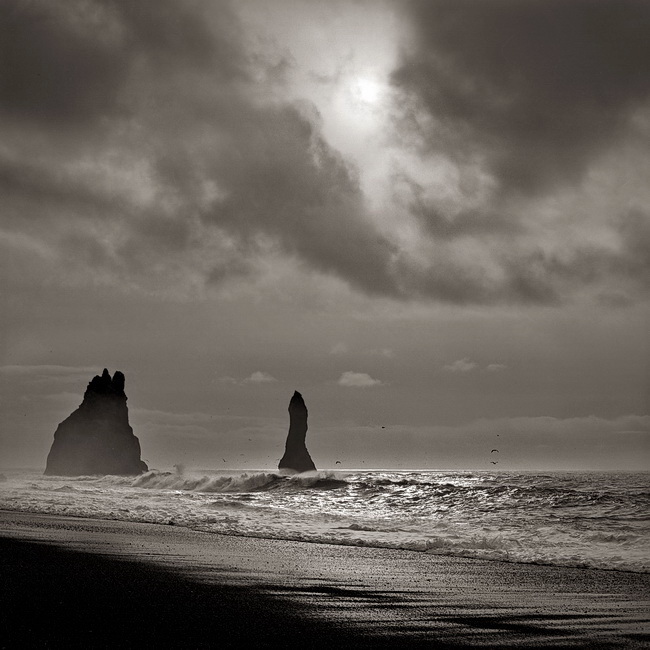
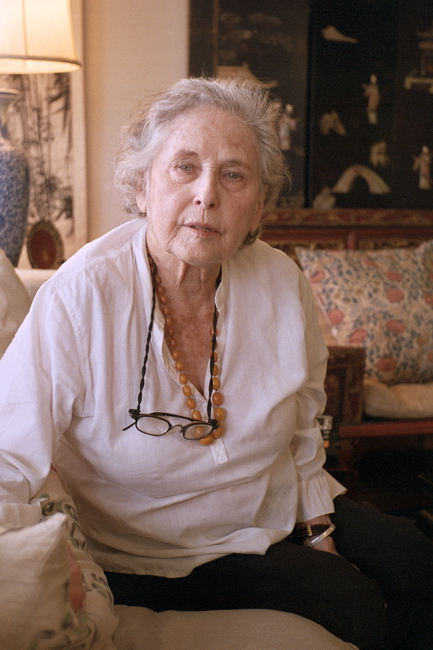
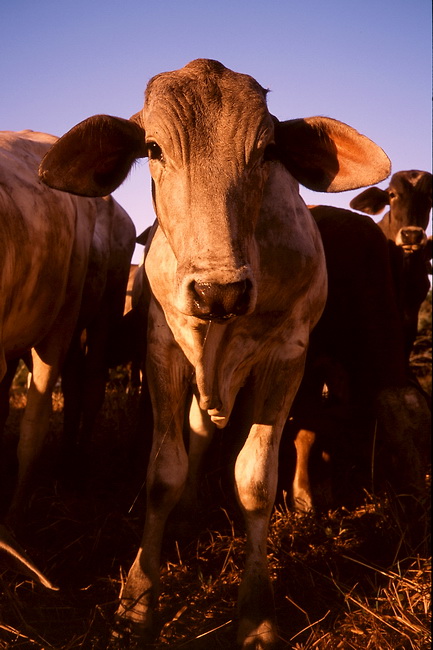
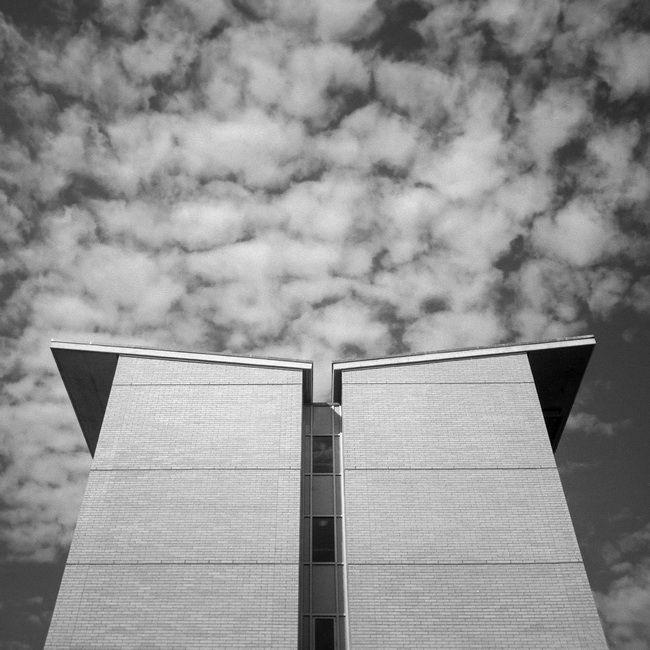
It’s great that this fairly humble camera is among those you reach for first. This is a very useful review; it makes me wish my similar Ansco B2 Speedex had the f/3.5 Solinar instead of the f/4.5 Anastigmat.
Great review Gary; a camera to keep an eye open for! Though as you say, it might be hard to find one that doesn’t need a lot of work.
great review Gary! I recently got an Isolette with an Apotar 1:4.5 85mm and I am extremely happy with it, especially the easy settings/use, lightweight and handiness. One drawback on my model is the lack of the T option you mention, which should make things much easier when shooting with low light. I was considering going for slower films, but I really got interested by your suggestion and examples of TriX! thank you!
Thanks Matt. The T switch is handy, but to be honest, I rarely use it. “B” and a cable release do just as well and are less likely to cause you to bump the camera during exposure. Enjoy shooting with the Isolette!
hey could you just help me understand what the knob on the left side looking from the back is for ?
also i am having difficulties figuring out how the focus distance works
i cant seem to figure out how to set it
just got mine a few days ago
would be great if you can help me out
also thank you for this wonderful article
That knob doesn’t do anything really. You pull it up when loading the film, but that’s it. For focus, you estimate the distance to your subject, then dial that in on the focus scale.
My father bought his Isolette II 75mm f/3.5 camera in 1950. I was 4 years old at the time. When I was around 10 I was fascinated watching my father adjust the settings on his camera. He was quite good at photography. He built up a collection of albums, which he illustrated, something like a story book. When I was 14 he introduced me to his camera and showed around the various settings. He gave a Kodak 66 Mark III for my 17th. birthday in 1963. Sadly he died suddenly at the age of 56 in 1975. I lived some distance from my parents, but my sister lived nearby and “grabbed” his camera,which her children damaged. I lusted after that Agfa, and by chance I bought off Esty as fully working, but that wasn’t the case. The front focusing ring was stuck (the old solid lub grease). I had a camera repair man give the camera a good service. It produces really great photos. I buy my film from a camera shop in Dublin City, who in turn develop the film, scan it and send the scans back to me. I am building up a library of developed films. Actually, film is on the rise again. I know of a lot of photographers who have gone back to film, or who have taken it up.
Thanks for that story Kevin — a most enjoyable read. Given that preserving memories one of the most important roles photography plays in our lives, it rather makes sense that the devices we use to record those memories hold memories themselves. I have a folder from my own father (described here) that I too cherish, although the Agfa is better.
Gary